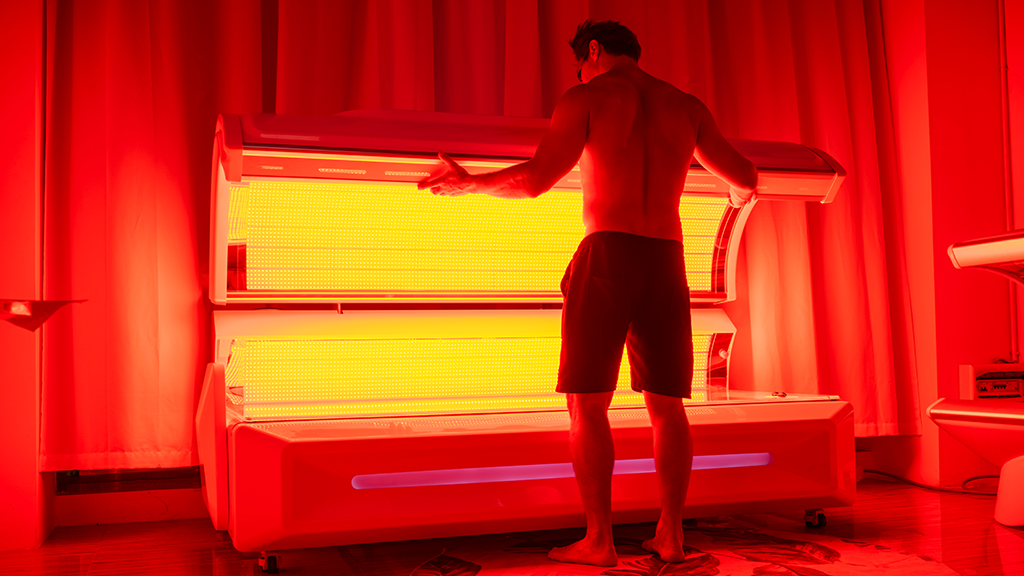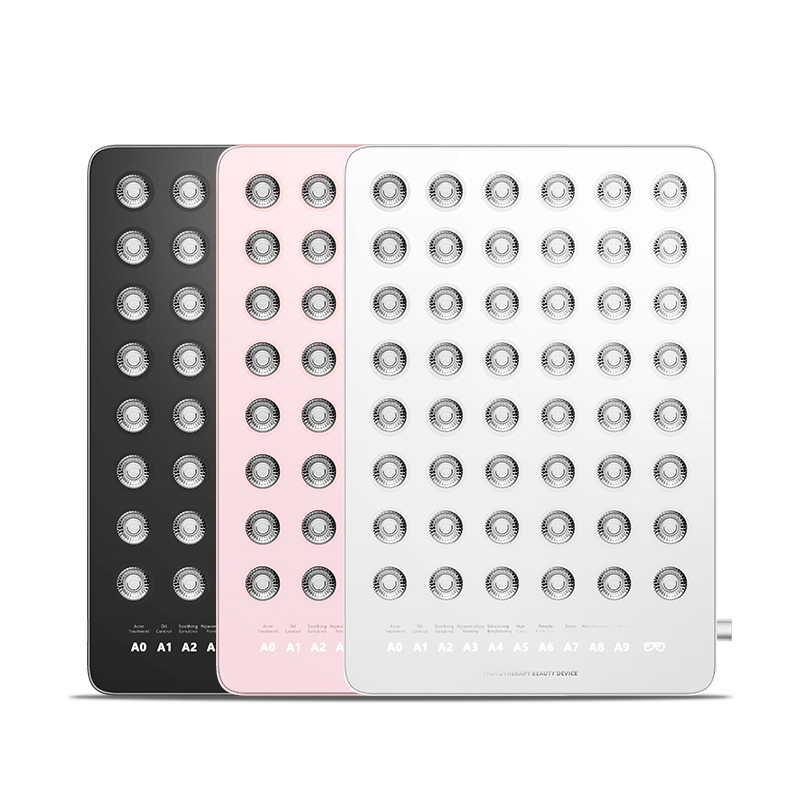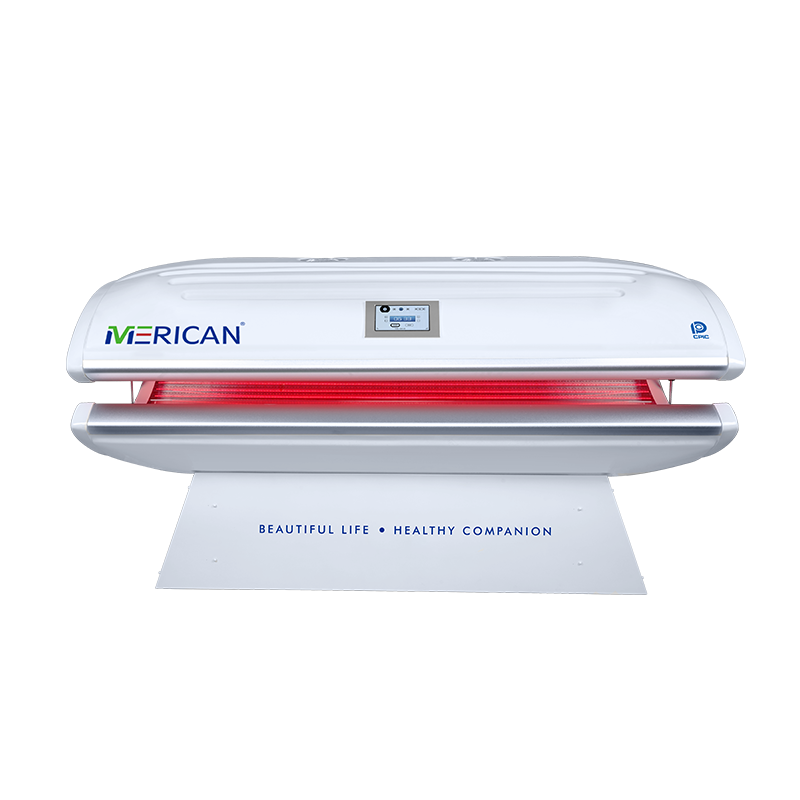軽療法, 光療法としても知られています, さまざまな症状を緩和する可能性があるため、近年人気が高まっています, 痛みや憂鬱も含めて. 治療におけるさまざまな色の光の使用は、さまざまな波長の光が体と心に特定の治療効果をもたらす可能性があるという考えに基づいています。. Here’s a brief overview of the effects of three common colors of light used in light therapy:
- レッドライトセラピー: 赤信号, which has a longer wavelength, is known for its ability to penetrate deeper into the skin and tissue. It is often used to treat a range of conditions, including chronic pain, 筋肉痛, and skin issues such as acne and wrinkles. Red light therapy is thought to stimulate the production of collagen and other proteins in the skin, which can help to improve skin texture and reduce the appearance of fine lines and wrinkles. さらに, red light has been shown to increase blood flow to the affected area, which can help to reduce inflammation and pain.
LED光療法ベッド M5N: Adopting a horizontal full cabin design, 人間工学に基づいたデザインを使用して、ベッドの上に横たわっている感覚をシミュレートする, 顧客がリラックスして快適なスペースで健康と美容サービスを楽しむことができるように.
主な特長:
光源: 導かれた
明るい色: 赤 + 赤外線
波長: 633nm/660nm/850nm/940nm
LEDの数量: 14400LED
力: 1760W
電圧: 110V – 380V
2. 青色光療法: ブルーライト, which has a shorter wavelength, is commonly used to treat skin conditions such as acne and rosacea. Blue light can penetrate the skin and target the bacteria that cause acne, killing them and reducing inflammation. It can also be used to treat skin conditions caused by inflammation, 酒さなど. しかし, it’s important to note that exposure to blue light, especially from screens, has been linked to digital eye strain and disrupted sleep patterns, so it’s important to use blue light therapy under the guidance of a healthcare professional.
3. Green Light Therapy: Green light therapy is less commonly used than red and blue light therapy, but it has been shown to have some potential benefits. Greenlight is thought to have a calming effect on the nervous system, which can help to reduce stress and anxiety. It has also been studied for its potential to improve sleep quality and reduce fatigue. さらに, green light therapy has been shown to stimulate the production of melatonin, a hormone that regulates sleep and wakefulness, which can be beneficial for people with sleep disorders.
It’s important to keep in mind that light therapy is not a one-size-fits-all solution, and the best type of light for you will depend on your specific condition and needs. Before starting any light therapy treatment, it’s important to consult with a healthcare professional to determine the most appropriate type of light and treatment plan for you.

























